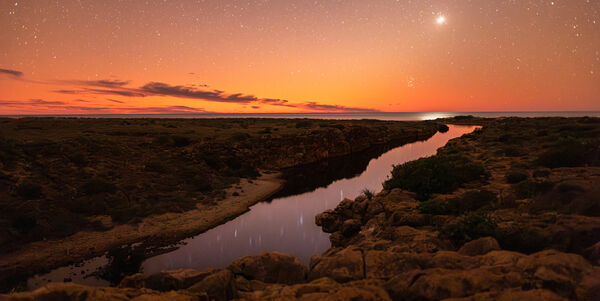Australia's climate varies greatly throughout the eight states and territories; there are four seasons across most of the country and a wet and dry season in the tropical north. Australia's seasons are at opposite times to those in the northern hemisphere. December to February is summer; March to May is autumn; June to August is winter; and September to November is spring.
Frequently asked questions about Australian Motorhome Holidays.
